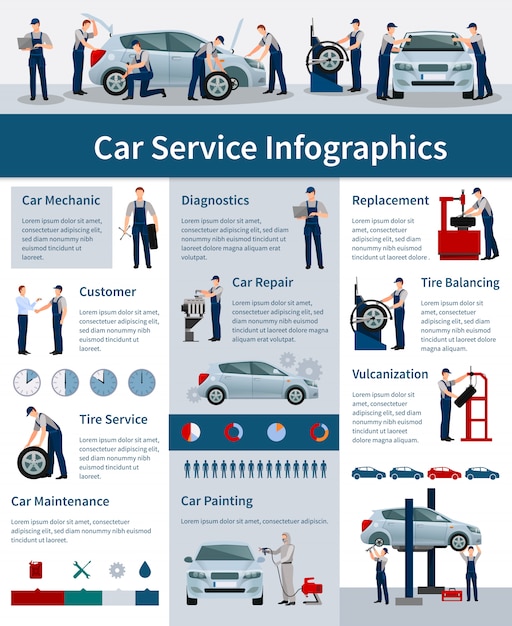Analyzing Your Automobile'S Alert Lights: Their True Implications
Analyzing Your Automobile'S Alert Lights: Their True Implications
Blog Article
Web Content Composed By-Sykes Winters
When you lag the wheel, those radiant caution lights on your control panel can be a bit difficult. Do read the article know what they're trying to tell you about your vehicle's health? Comprehending the significance of these lights is important for your security and the long life of your vehicle. So, the following time one of those lights appears, wouldn't you want to understand its message accurately and take the necessary steps to address it?
Common Caution Lighting and Interpretations
Recognize typical warning lights in your vehicle and comprehend their significances to guarantee risk-free driving.
The most typical warning lights consist of the check engine light, which indicates problems with the engine or emissions system. If https://laneqhwnd.blogdosaga.com/29864511/seasonal-automobile-detailing-tips-preparing-your-cars-and-truck-for-every-period begins, it's critical to have your vehicle inspected immediately.
The oil stress cautioning light shows reduced oil stress, calling for immediate attention to stop engine damage.
A flashing battery light could suggest a malfunctioning billing system, possibly leaving you stranded if not addressed.
The tire stress monitoring system (TPMS) light signals you to low tire stress, influencing lorry security and fuel effectiveness. Neglecting this might cause risky driving problems.
The abdominal light shows a problem with the anti-lock braking system, compromising your capacity to quit quickly in emergencies.
Lastly, the coolant temperature alerting light warns of engine overheating, which can cause extreme damages otherwise settled quickly.
Comprehending these usual warning lights will aid you resolve problems promptly and maintain secure driving conditions.
Relevance of Prompt Focus
Recognizing the typical warning lights in your vehicle is just the initial step; the value of promptly attending to these cautions can not be emphasized sufficient to ensure your safety and security on the road.
When a caution light brightens on your dashboard, it's your cars and truck's method of communicating a prospective concern that requires focus. Neglecting these cautions can result in a lot more severe troubles in the future, compromising your security and possibly costing you much more in repairs.
Motivate focus to cautioning lights can protect against malfunctions and accidents. For example, a flashing check engine light could show a misfire that, if left ignored, could cause damage to the catalytic converter. Addressing this immediately can conserve you from a pricey repair service.
In a similar way, a brake system cautioning light could signify low brake liquid or used brake pads, important parts for your safety when driving.
Do It Yourself Troubleshooting Tips
If you discover a warning light on your dashboard, there are a few do it yourself repairing ideas you can try prior to looking for professional assistance.
The initial step is to consult your auto's handbook to recognize what the details caution light suggests. Sometimes car interior cleaning near me can be as basic as a loosened gas cap setting off the check engine light. Tightening the gas cap may solve the trouble.
Another common concern is a low battery, which can trigger various cautioning lights. Inspecting the battery connections for deterioration and guaranteeing they're protected may repair the problem.
If a warning light continues, you can attempt resetting it by detaching the automobile's battery for a few minutes and afterwards reconnecting it. In addition, checking your car's fluid levels, such as oil, coolant, and brake fluid, can help troubleshoot warning lights connected to these systems.
Final thought
To conclude, comprehending your auto's warning lights is crucial for keeping your vehicle running smoothly and securely. By promptly resolving these alerts and knowing what they mean, you can avoid expensive repair work and possible breakdowns.
Keep in mind to consult your vehicle's handbook for certain information on each cautioning light and do something about it as necessary to ensure a trouble-free driving experience.
Keep notified, remain risk-free when driving!
